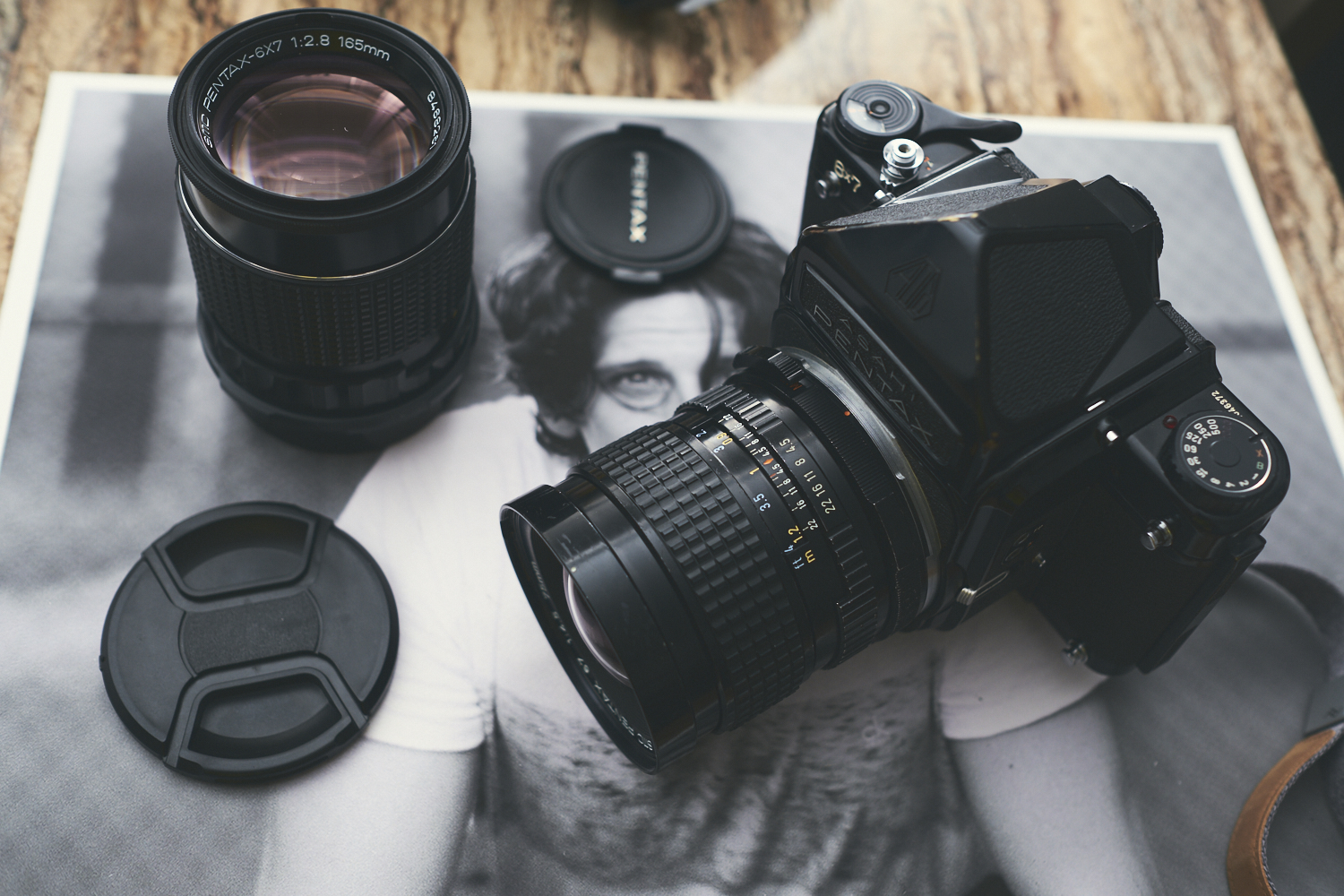Last Updated on 05/27/2018 by Mark Beckenbach
We can’t assure you won’t be G.A.S.-stricken after plowing through our favorite film gear reviews!
Our very own Chris Gampat very recently had a fun chat with Bill Manning for the latest Studio C-41 podcast, and we want to share with our readers what went down. After talking about Chris’ beginnings and how he got started with The Phoblographer, they dug deep into the main event: his top 10 film gear reviews.
Before anything else, if you missed the Studio C-41 podcast, go ahead and give it a listen here.
Some of you film-snapping folk may also have shot with the goodies Chris has reviewed, as some of them have been pretty popular in the analog-loving community. A bunch of them are classic cameras, in fact. For those who haven’t tried yet and want to know what to expect with them, these reviews may come in handy!
We apologize in advance for any wallets ripping and piggy banks breaking by the time you’re done checking out our favorite reviews. But we’re sure you’ll have fun going to town with the awesome cameras and films on this list!

10. CineStill bwXX Film (35mm)
“Photographers who want the look of classic old time cinema may really enjoy what CineStill bwXX offers. Is it sharp? It can be. Is it grainy? Oh yeah. Does it have those deeply inky blacks I enjoy? Heck yes. In fact, photographers who like to max the contrast of their images after a black and white conversion will really enjoy CineStill bwXX.”
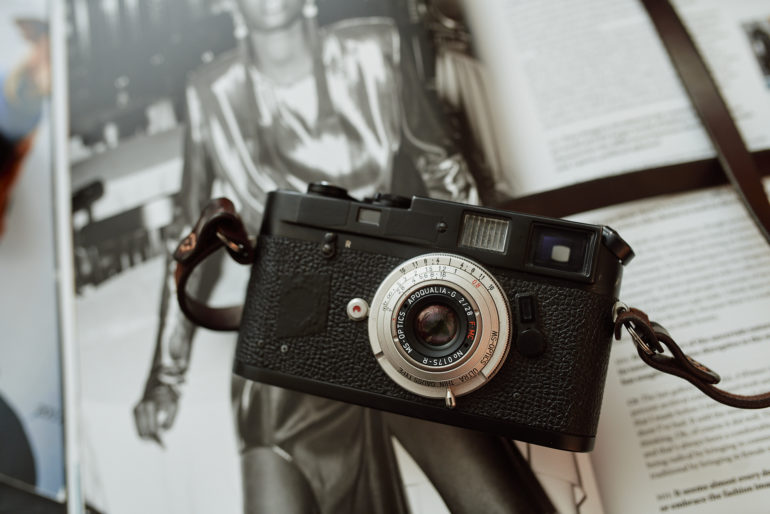
“So why would you get a Leica M4-P? Well, if you want to have the widest variety of frame lines for your favorite focal lengths, if you want a very reliable camera, if you want a number of shutter speeds, and if you want a Leica M mount camera with a great viewfinder, then there is very little that can beat the Leica M4-P.”
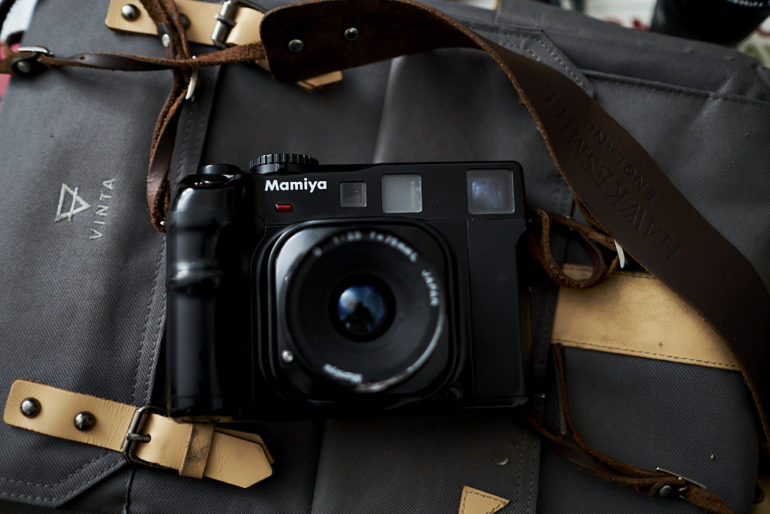
8. Mamiya 6
“I’ve been on the search for the perfect medium format film camera for me for years now. This, the Fujifilm GW690 III, and the Mamiya RB67 Pro S are amongst my favorites. I prefer to have a multitude of formats and cameras that can handle different situations accordingly. But of any of those, the Mamiya 6 seems to offer the most versatility. I can use it for documentary work, studio work, landscapes, portraiture, and so much. It’s just ,a damned good professional film camera”
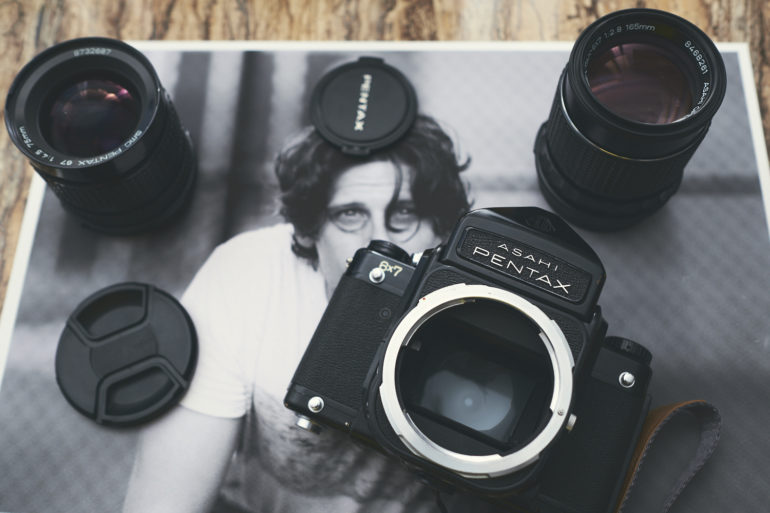
7. Pentax 67
“The Pentax 67 is honestly a fantastic medium format SLR camera. It has found a way into the heart of so many photographers. With a plethora of fantastic lenses, it is surely best used when shooting with natural light outdoors. It’s not the best for studio work and location work with a flash due to the long flash duration of 1/30th. You’ll also want to use wider lenses for something like that.”

6. Ilford XP2 Super Disposable
“Believe it or not, I think the Ilford XP2 super single use camera really needs a professional or extremely experienced photographer who understands metering and how light works to make the most of it. Amateurs, unless they’re always in good lighting or truly understand when you need a flash, may probably get less keepers on their 27 film shot roll.”
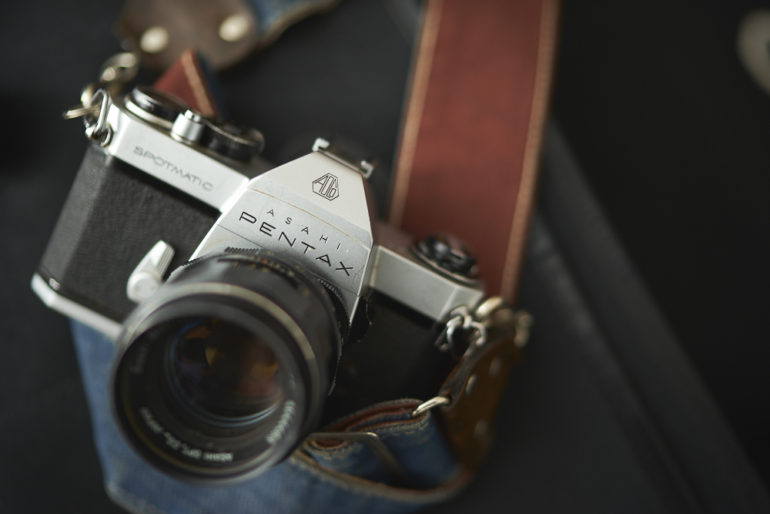
“I really, really like the Pentax Spotmatic. It’s always going to be reliable, and there are a ton of great lenses from Pentax, Vivitar and Zeiss for it that I can then adapt to my Sony cameras. These days, that’s just something we all really want: a camera that simply works. Load it up with film and you’ll get great photos providing you know what you’re doing when it comes to colors and such.”
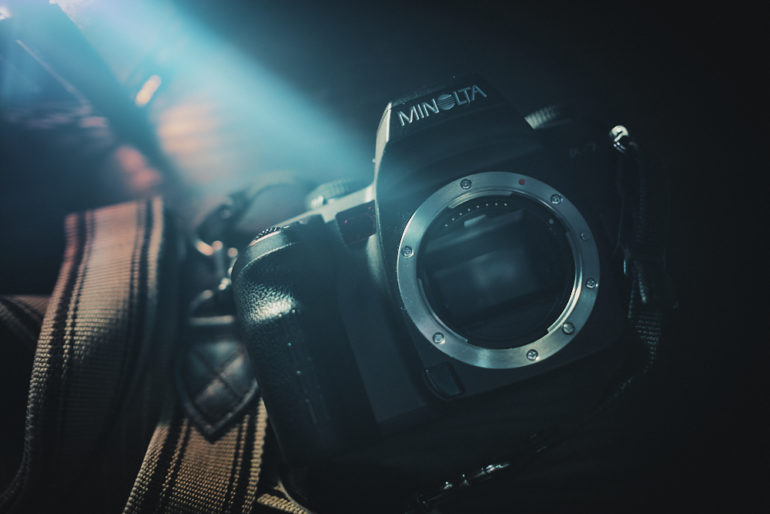
4. Minolta Maxxum 7 (Minolta a7)
“No, this isn’t the Sony a7, but the Minolta a7 is perhaps one of the best film Alpha mount cameras that you can still get your hands on used. While the Minolta a9 is considered the flagship, there are features built into the Minolta a7 that can make it much more appealing. For starters, it’s much lighter. And there is also a built in data back that lets you change a whole lot of parameters in a very simple way. And to be honest, it’s one of the best autofocusing film SLR cameras I’ve ever used–completely putting a lot of what Canon and Nikon created to shame.”
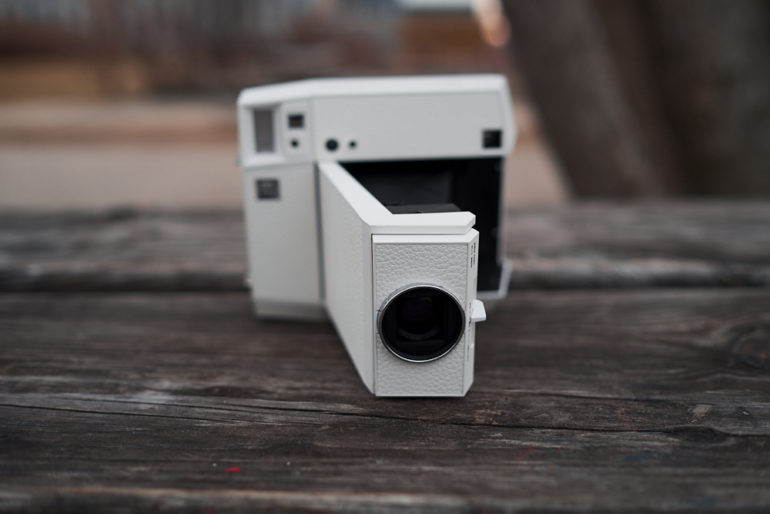
“So what’s great about this camera? The lens: it’s incredibly sharp and when you add flash to the scene it’s going to deliver a sharpness that rivals so many cameras out there. In fact, the imaging area is slightly larger than 6×6 medium format. For that reason, I really wish that there were manual controls. But that isn’t happening anytime soon if my conversations with Lomography’s owners were any sort of hint at the future. Still though, I have to admit that if you were to take this image quality and put it against Fujifilm’s the Lomography Lomo’Instant Square will win hands down each and every time.”
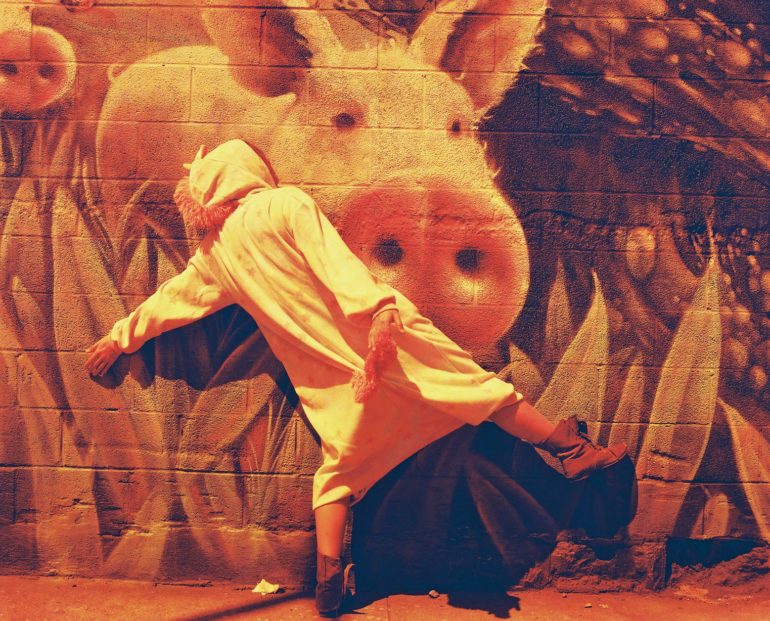
“For years I’ve walked into Lomography’s shop and looked at Redscale XR 50-200 with disdain. I’d wonder why any hipster would want to try something like this! But then I tried it myself, partially out of curiosity, partially out of needing to do this review, and partially out of just trying to understand it. Lomography Redscale XR 50-200 is a film that you expose anywhere between ISO 200 and 500: the results depend on how you expose the film. Some are more normalized, others more random and super orange tinged. While proper photographers may not love it, ordinary folks think it’s pretty darned cool and fun.”
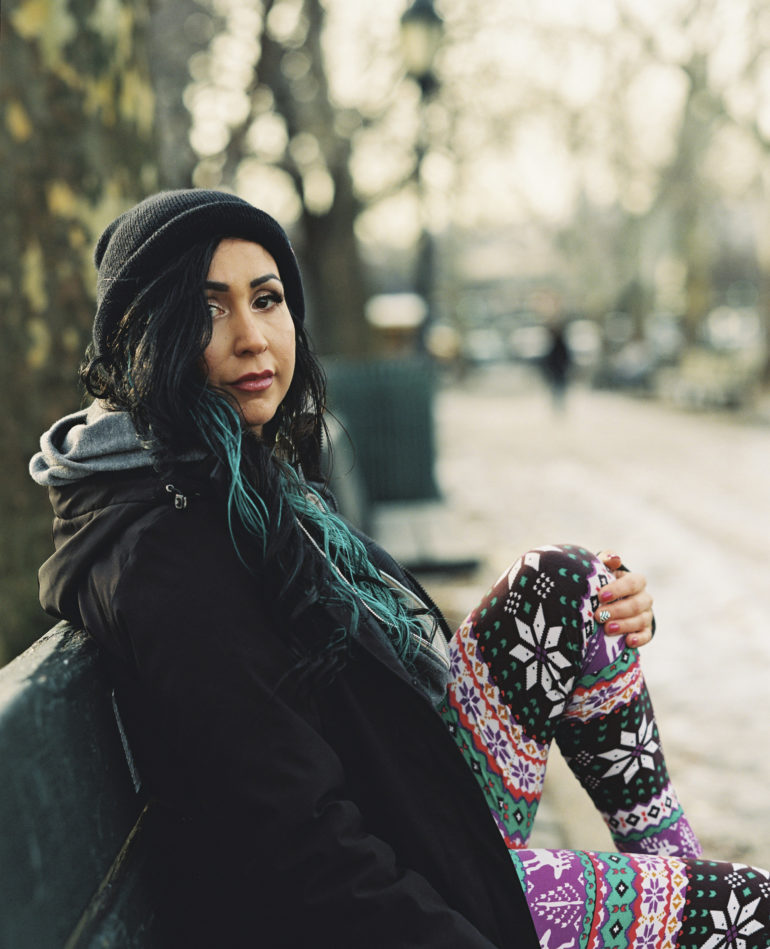
“Kodak Portra 800 is a gorgeous film that is obviously still around for great reasons. It’s primarily designed for portraiture in available lighting. With that said, it’s beautiful in 35mm but even more so in 120 with fast lenses. And considering that so many photographers love to work with natural light more so than with a flash, it could be one of the films that stays in your film camera on a consistent basis.”


